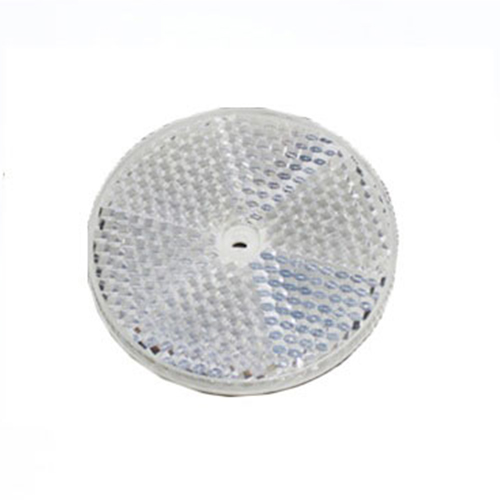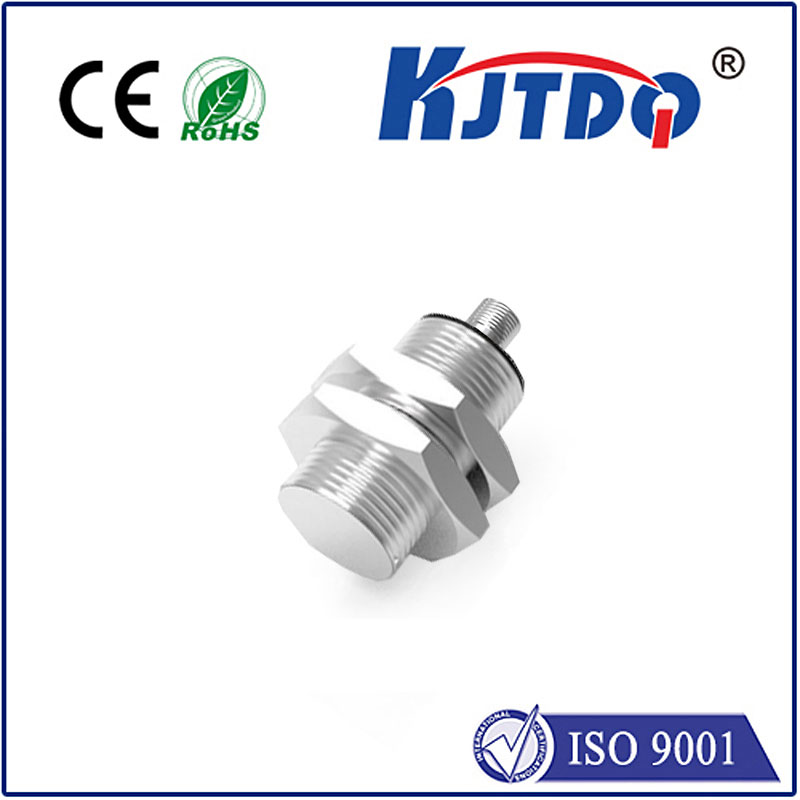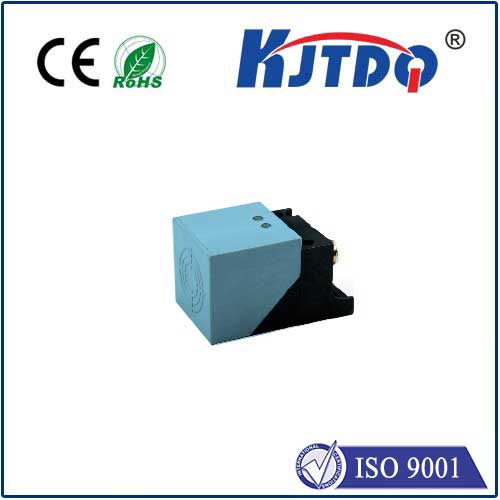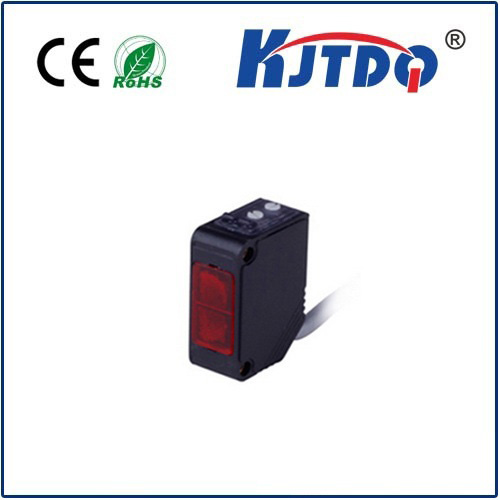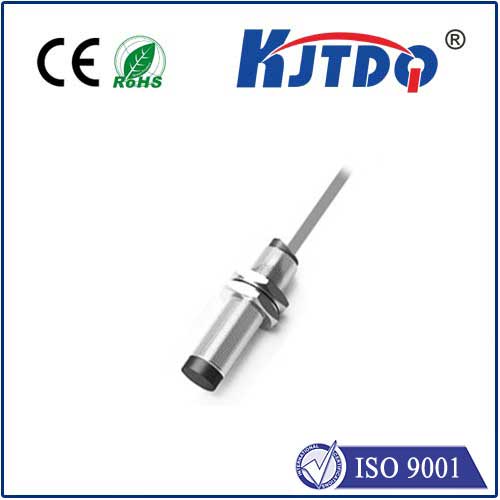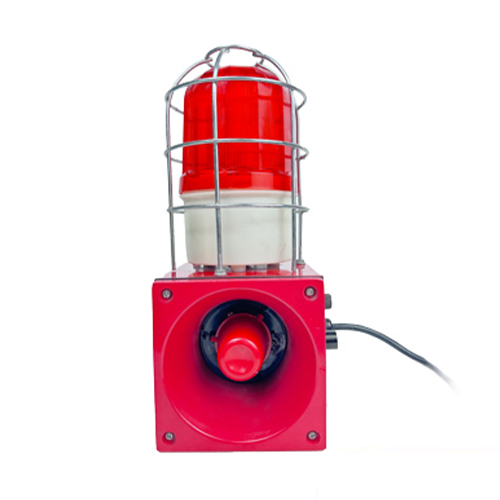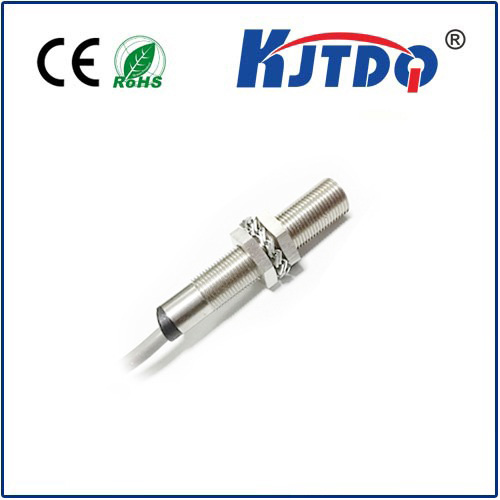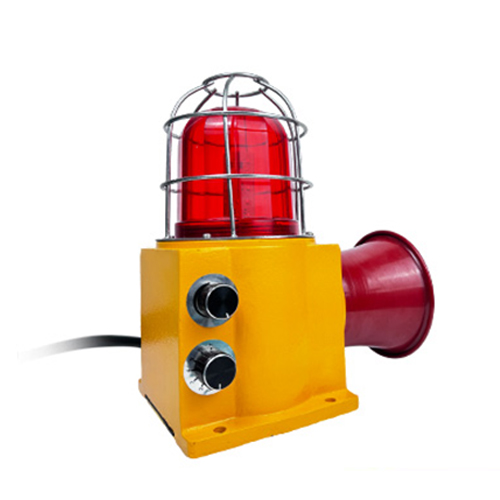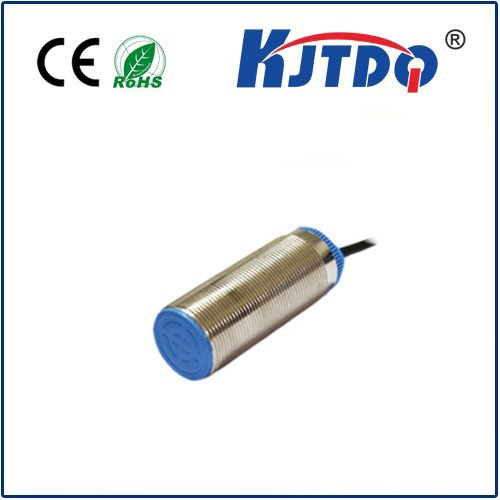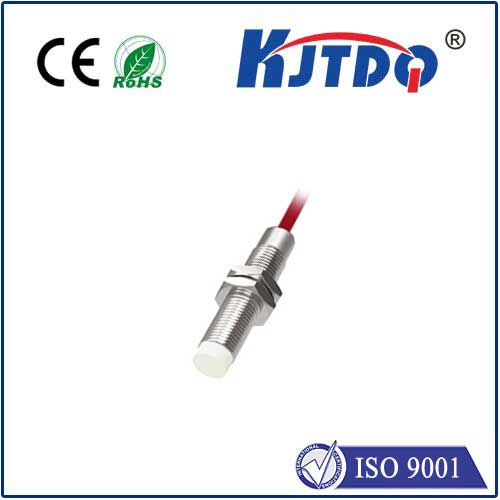

check

check

check

check
Radar Sensors on Cars: Enhancing Safety and Efficiency in Modern Vehicles
In today’s fast-paced automotive industry, the integration of advanced technologies has become a key factor in improving vehicle performance and safety. Among these innovations, radar sensors on cars have emerged as a critical component in modern vehicle systems. These sensors, which operate by emitting electromagnetic waves and detecting the reflection of these waves, play a pivotal role in various automotive functions, from speed detection to collision avoidance.

Radar sensors are primarily used to measure the distance and speed of objects around a vehicle. This capability is essential for features like adaptive cruise control, which maintains a safe following distance by automatically adjusting the vehicle’s speed based on the distance to the car in front. Additionally, radar sensors help in detecting obstacles and triggering automatic emergency braking systems, significantly reducing the risk of accidents.
One of the most significant benefits of radar sensors is their ability to function in various weather conditions. Unlike cameras, which can be affected by rain or fog, radar sensors provide consistent performance regardless of environmental factors. This reliability makes them an ideal choice for safety-critical systems that require precise data acquisition.
The integration of radar sensors into modern vehicles is not just about functionality; it also contributes to fuel efficiency and performance. By enabling precise control of vehicle speed and distance, these sensors help reduce unnecessary acceleration and braking, thereby improving fuel economy. Moreover, they assist in maintaining optimal driving conditions by detecting speed limits and other traffic regulations.
As automotive technology continues to evolve, the role of radar sensors is becoming even more sophisticated. Modern cars are equipped with multiple radar sensors, each responsible for different functions, such as monitoring the rear of the vehicle, detecting pedestrians, or identifying obstacles in the front. This multi-sensor approach ensures a comprehensive view of the vehicle’s surroundings, enhancing both safety and convenience.
In conclusion, radar sensors on cars are not just an advanced feature but a fundamental component of modern vehicle safety and efficiency. Their ability to provide reliable data in various conditions makes them indispensable in the automotive industry. As technology advances, the integration of radar sensors will continue to play a vital role in shaping the future of intelligent transportation systems.
